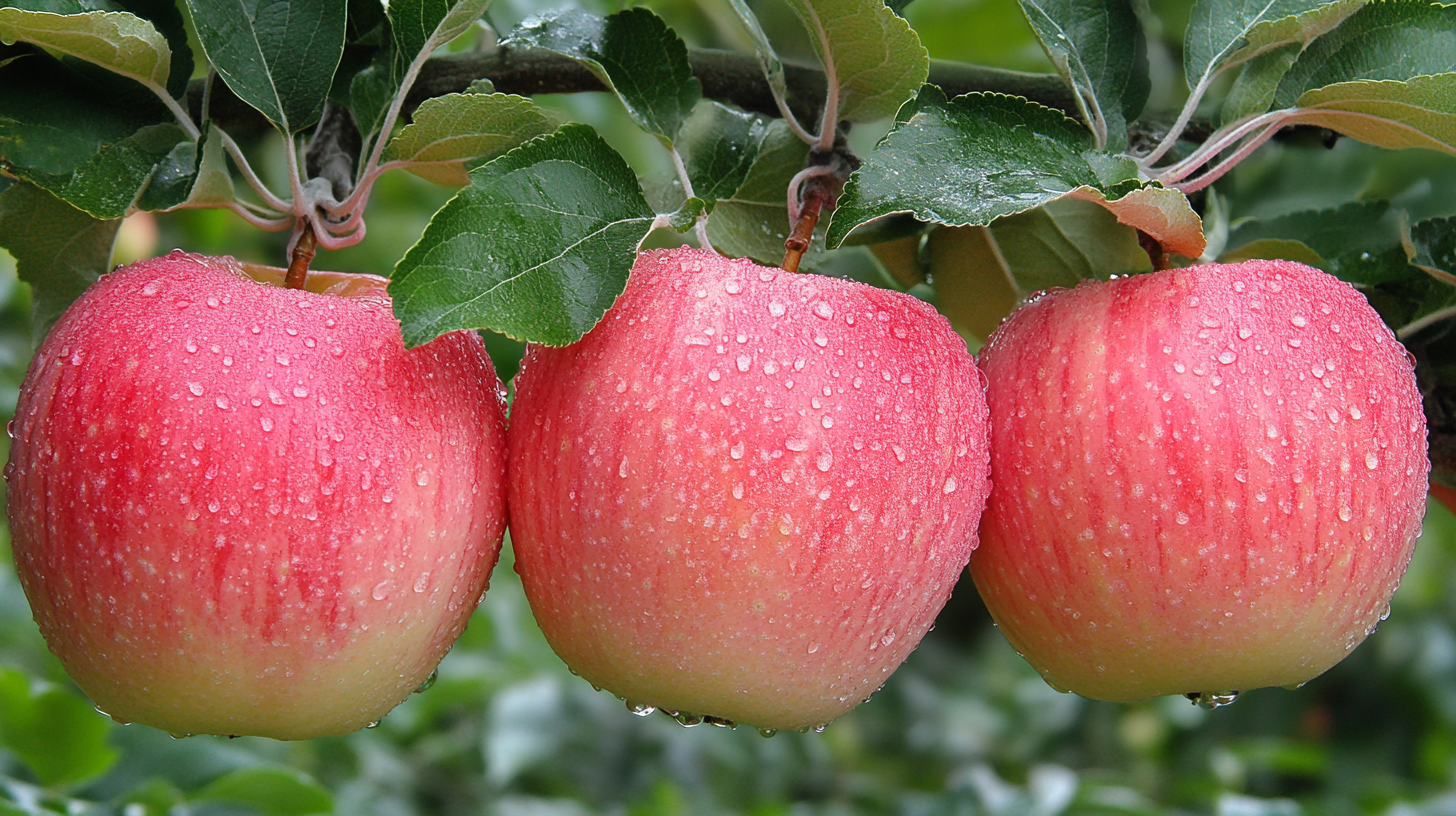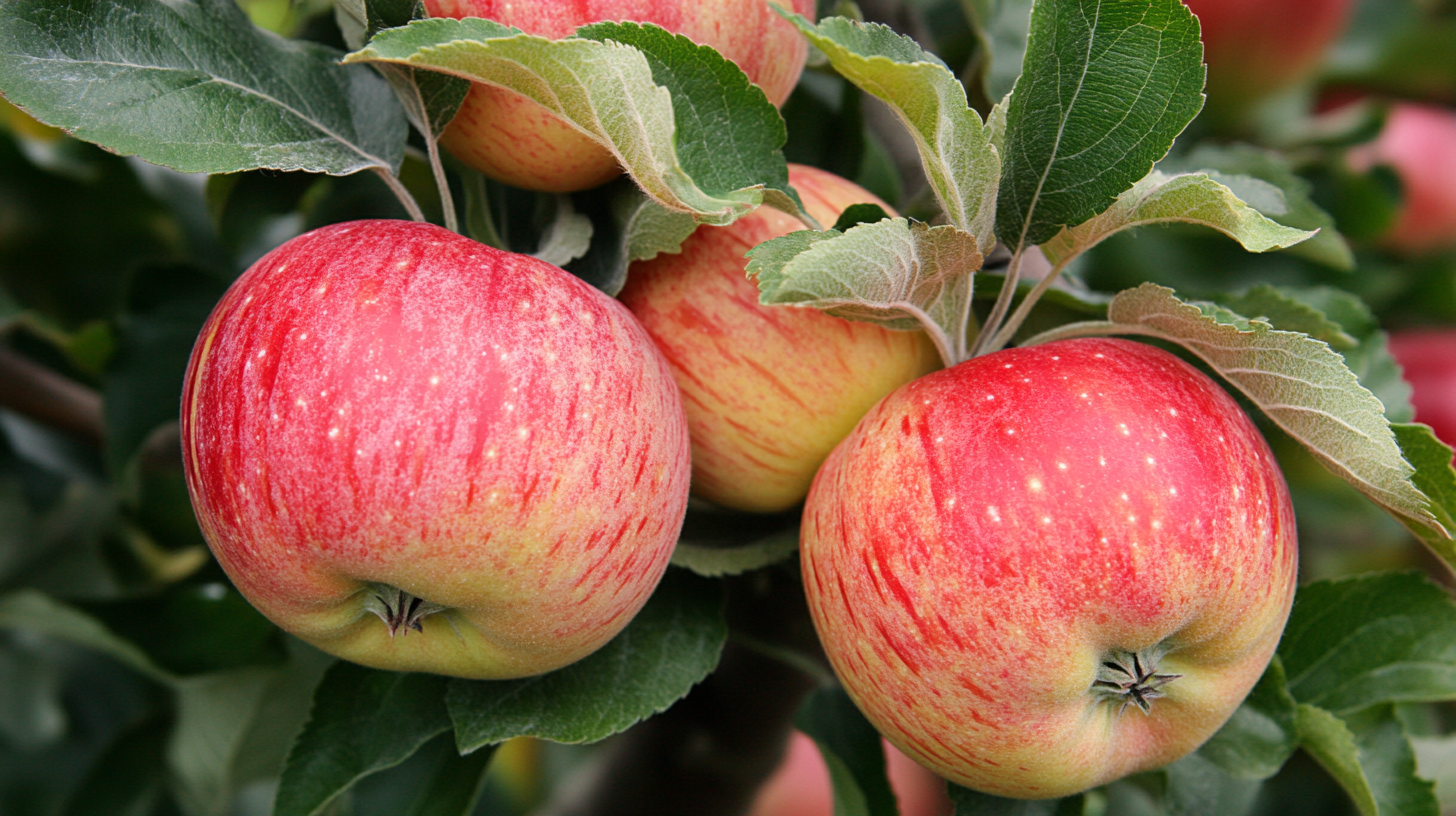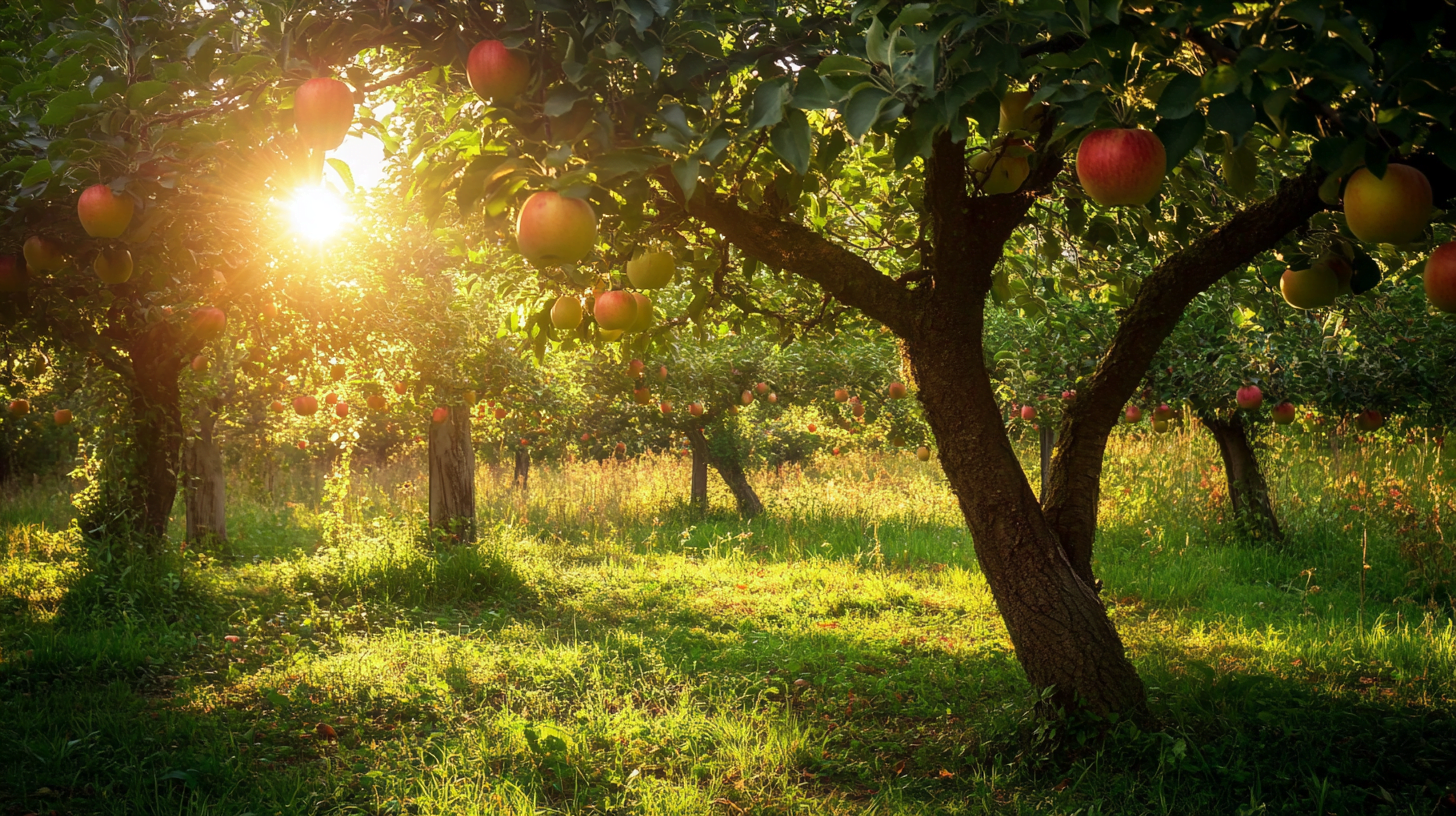Beautiful Plants For Your Interior
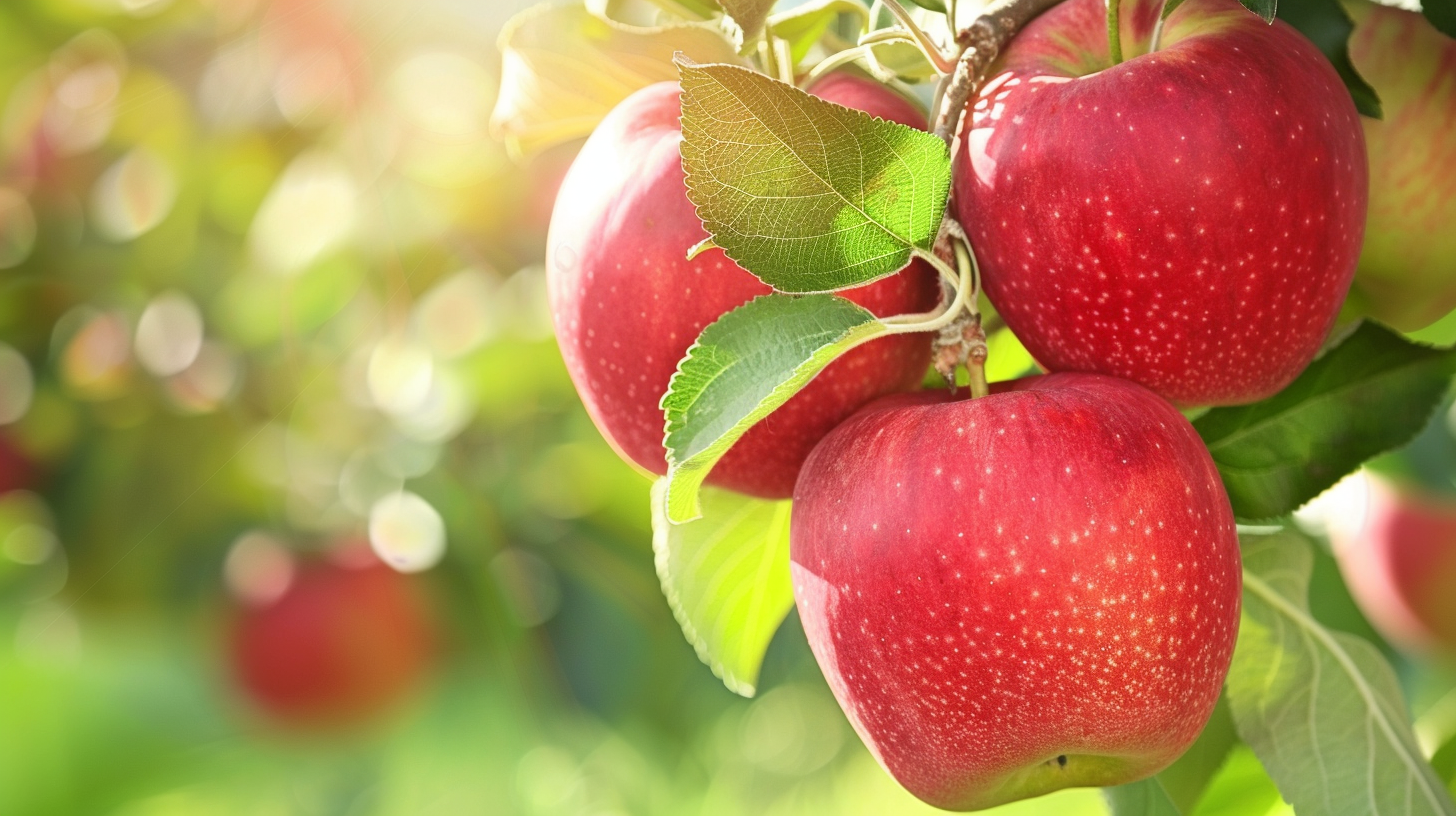
Table of Contents
Apple trees are a beloved addition to many gardens and orchards, offering not just delicious fruit but also beautiful blossoms and shade. However, for those new to growing apple trees, one of the most common questions is: when do apple trees actually bear fruit? Let’s dive into this topic and explore the fascinating journey from blossom to harvest.
The Journey from Blossom to Harvest
Apple trees follow a predictable life cycle, but the timing of fruit production can vary based on several factors. Here’s a general timeline:
- Spring: Buds form and blossoms appear
- Late Spring: Pollination occurs
- Early Summer: Fruit begins to form
- Late Summer to Fall: Apples ripen and are ready for harvest
It’s important to note that this cycle repeats annually once the tree reaches maturity. However, the time it takes for a newly planted apple tree to produce its first fruit can vary significantly.
Typical Timelines for Apple Tree Fruiting
The fruiting timeline differs between newly planted trees and established ones:
- Newly planted trees:
- Standard trees: 6-10 years
- Semi-dwarf trees: 4-6 years
- Dwarf trees: 2-3 years
- Established trees: Once mature, apple trees typically produce fruit annually
“Patience is key when growing apple trees. The wait might seem long, but the reward of homegrown apples is well worth it,”
Factors Affecting When Apple Trees Produce Fruit
Several factors influence when an apple tree will start bearing fruit:
- Tree age and maturity: As mentioned, younger trees need time to establish before fruiting.
- Apple variety: Some varieties fruit earlier than others.
- Climate and growing conditions: Ideal conditions can speed up fruiting.
- Pollination: Adequate pollination is crucial for fruit set.
- Pruning practices: Proper pruning can encourage earlier fruiting.
Case Study: Early vs. Late Fruiting Varieties
| Variety | Time to First Fruit | Annual Harvest Time |
|---|---|---|
| Lodi | 3-4 years | July-August |
| Gala | 4-5 years | September |
| Fuji | 5-6 years | October-November |
This table illustrates how different apple varieties can have varying timelines for initial fruit production and annual harvests.
Encouraging Earlier Fruit Production
While you can’t rush nature, there are ways to encourage your apple tree to fruit sooner:
- Proper pruning: Prune in late winter to early spring to promote growth and fruiting.
- Fertilization: Use a balanced fertilizer, but avoid over-fertilizing with nitrogen.
- Pest and disease management: Keep your tree healthy to support fruit production.
Signs Your Apple Tree is Ready to Fruit
Look for these indicators that your apple tree is preparing to bear fruit:
- Formation of flower buds in late winter
- Appearance of blossoms in spring
- Presence of bees and other pollinators around your tree
Common Reasons for Delayed Fruit Production
If your apple tree isn’t producing fruit when expected, consider these potential causes:
- Overfertilization (especially with nitrogen)
- Improper pruning
- Lack of pollinators
- Environmental stressors (drought, extreme temperatures)
- Tree is still too young
Seasonal Care to Ensure Fruit Production
To maximize your chances of a good apple harvest, follow these seasonal care tips:
- Spring:
- Prune as needed
- Apply compost or balanced fertilizer
- Monitor for pests and diseases
- Summer:
- Thin fruit if necessary
- Water deeply during dry spells
- Fall:
- Harvest apples when ripe
- Clean up fallen fruit and leaves
- Winter:
- Prune dormant trees
- Apply dormant oil spray if needed
Harvesting Your Apples: Timing is Everything
Knowing when to harvest your apples is crucial for the best flavor and texture. Here are some signs that your apples are ready:
- The apple skin color has deepened
- Seeds have turned brown
- The fruit comes away easily when gently twisted
Remember, not all apples on a tree will ripen at the same time. You may need to harvest over several weeks for the best quality fruit.
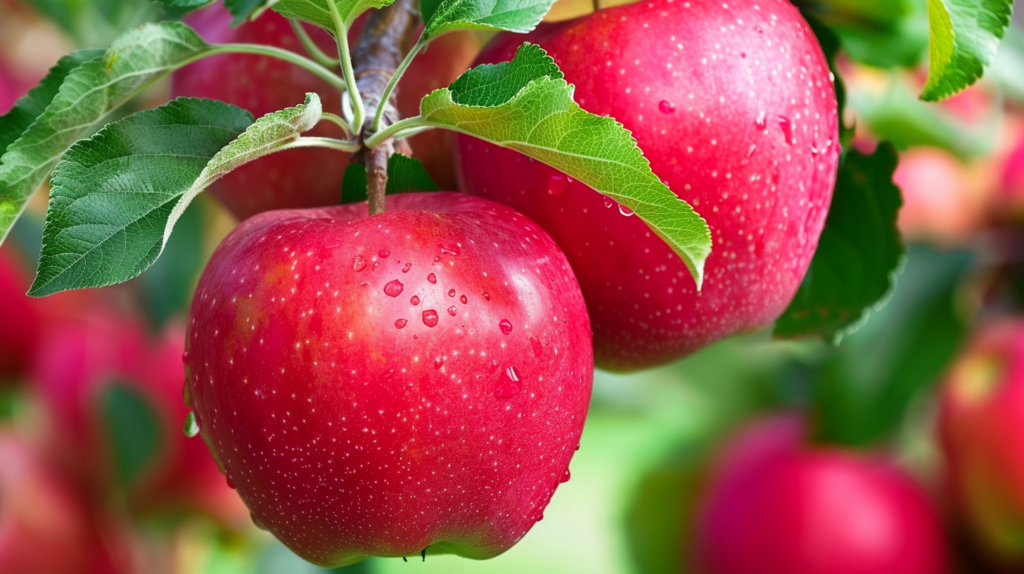
Maximizing Your Apple Harvest Year After Year
To ensure your apple tree continues to produce a bountiful harvest:
- Practice proper pruning techniques
- Maintain good soil health with regular composting
- Implement integrated pest management strategies
- Provide adequate water, especially during fruit development
By following these guidelines and understanding the factors that influence apple tree fruit production, you’ll be well on your way to enjoying delicious homegrown apples. Remember, each tree is unique, and it may take some time to learn its specific patterns and needs. With patience and care, your apple tree will reward you with years of fruitful harvests.
